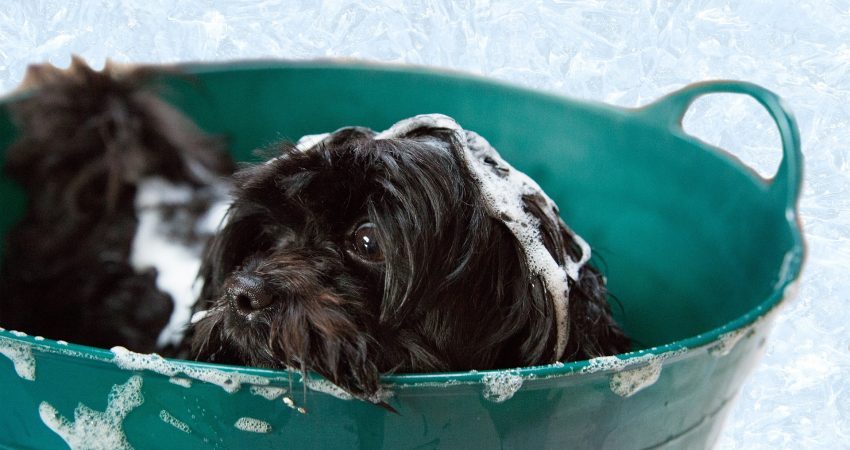- August 1, 2019
- Posted by: admin
- Category: Blogs

Our pets are part of our family and in some cases are treated better than our other family members. Our furry friends help us lead a healthier, happier life by being there for us after that hard, stressful day at work and helping us increase our activity levels by wanting us to take them out for walks.

They share our lives and they also share the hazards lurking in our homes. Hazardous chemicals are present all over our homes, but also in the products we use on and around our pets.
A good example of this would be flea treatment products. These come in various forms and types, sprays, shampoos, drops, collars, but all are designed to keep our pet free from fleas and ticks. What we often don’t consider is the fact that, if these products can kill fleas, what effect are they having on our pets.

Flea treatments contain a range of active ingredients such as imidacloprid, fipronil, permethrin, methoprene, pyrethrins or pyrethroids, and pyriproxyfen. The first chemical, imidacloprid, is an insecticide that mimics nicotine and disrupts the nerves ability to send signals to the body. Side effects reported in humans include skin and eye irritation, dizziness, breathlessness, confusion, or vomiting after they were exposed to pesticides containing imidacloprid. Read More…
In 2009, the Environmental Protection Agency received many complaints from pet owners describing “adverse reactions” to flea and tick control chemicals with symptoms such as skin irritation to seizures and death. Report by PETA. There are many similar reports of the hazardous side effects of these chemicals on our pets. In fact, insecticides such as a spot-on flea/tick treatments are the second most reported poison dangers for dogs in 2011. Report by Pet Poison Helpline.

As a pet owner, we want to keep our pets safe. There are many other sources of chemicals in the house that affect our pets, and a range of alternatives that we can use to make our families and pets life healthier.
Even with these healthier alternatives we still need to be careful and do our research. There is a group of flea repellent products, labeled as “natural”, that still contain potentially toxic chemicals. The chemical d-limonene which is derived from citrus peel is found in many of these natural products. Although the toxicity of this chemical is much lower than the more prominent pesticides, d-limonene still has the potential to cause side effects.
To read more about the common household chemicals harming your pets and their non-toxic alternatives, please visit Earth Easy.
